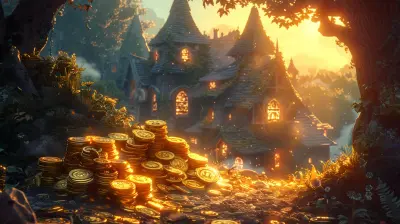The Role of Theme in Creating an Immersive Board Game Experience
21 June 2025
Let’s be honest—when you crack open a brand-new board game, what's the first thing that grabs your attention? The colorful artwork? The miniatures? Maybe the rulebook (if you’re a certain type of tabletop enthusiast)? Chances are, it’s the theme. Theme is the soul of a board game. It sets the tone, paints the picture, and drops you right into the thick of the action. Whether you're commanding armies, exploring ancient ruins, or trying to survive a zombie apocalypse, the theme is what makes the whole experience feel real.
In this article, we’re going to peel back the curtain and dive deep into the role of theme in crafting an immersive board game experience. We’ll talk about why it matters, how it influences gameplay, and why some games feel like full-blown adventures while others fall flat, even with great mechanics. So, grab your meeples and dice—let’s get rolling.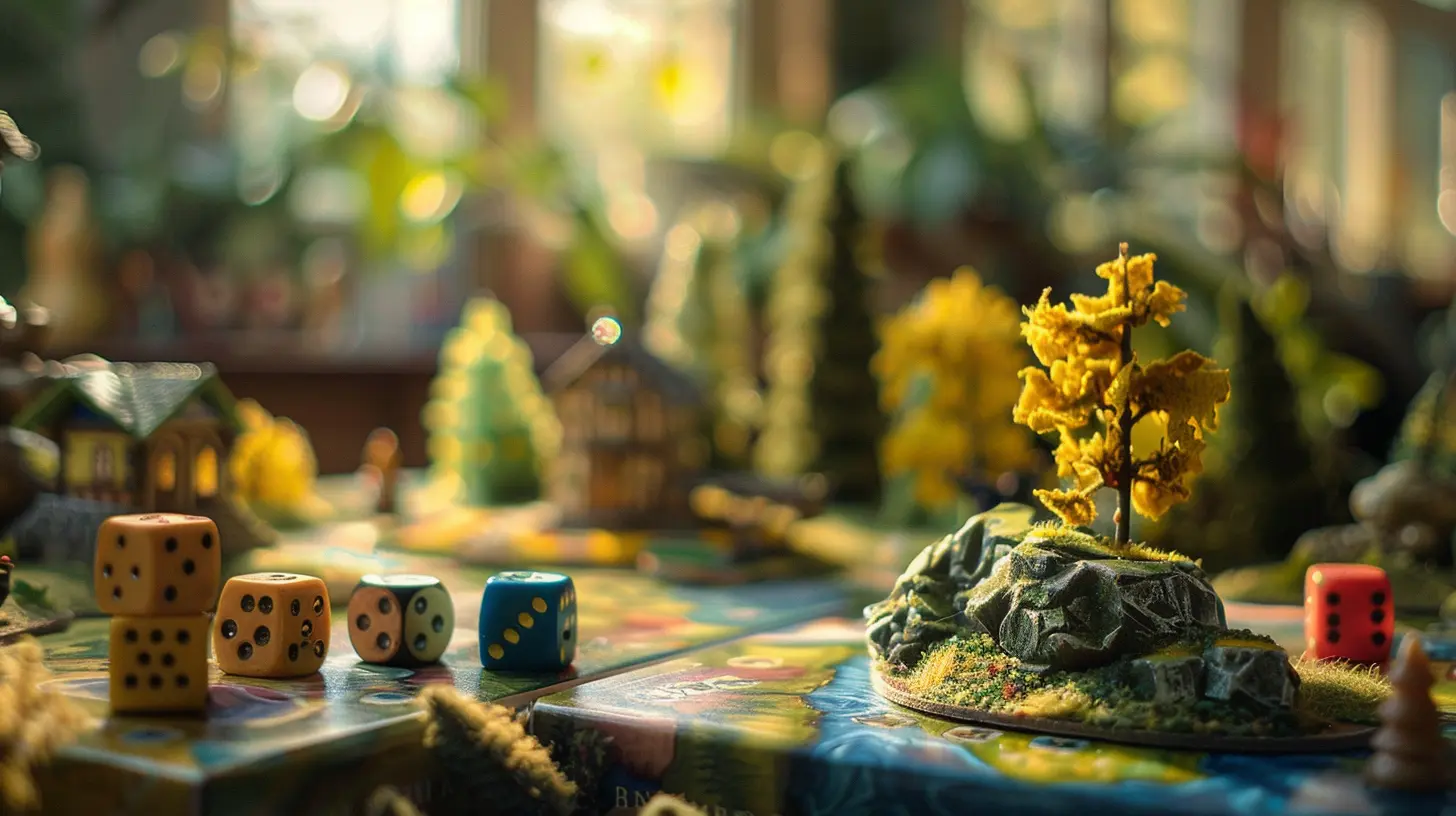
Why Theme Matters More Than You Think
Think of a board game without a theme like a sandwich without fillings. Sure, the bread (or mechanics) might be solid, but you’re left asking, "Where's the flavor?" That's what the theme brings to the table.A game’s theme is its narrative wrapper. It's the story the designers want you to live out during play. It sets expectations and makes you care about what’s happening. Ever noticed how people lean in when reading flavor text on a card? Or how they speak in pirate accents during a pirate-themed game? That's the theme working its magic.
More than just window dressing, a well-integrated theme can:
- Guide player choices.
- Create emotional investment.
- Make rules easier to grasp.
- Give context to abstract mechanics.
Without a theme, you’re just pushing pieces around a board.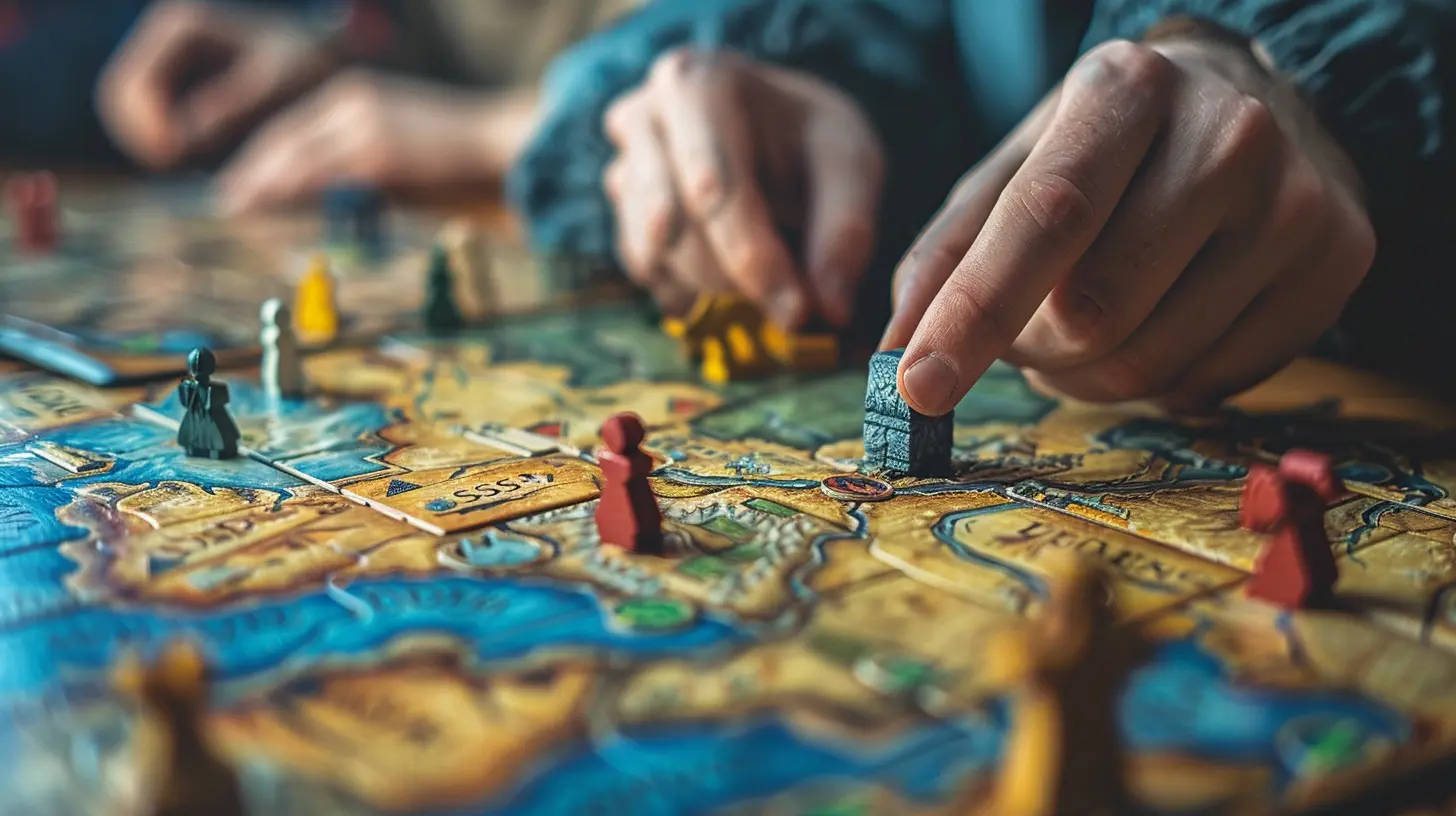
Mechanics and Theme: A Dynamic Duo
Here’s where the real magic happens—when theme and mechanics blend so smoothly that you don’t even notice they’re separate elements. Think of it like peanut butter and jelly. Each is great on its own, but together? Chef’s kiss.Take the game Dead of Winter, for instance. It’s a cooperative survival game set during a zombie apocalypse. The mechanics are tight—resource management, hidden objectives, crisis resolution—but it’s the theme that drives the dread. Every decision feels like a life-or-death gamble. When you send a survivor out to scavenge, it’s not just a dice roll—it’s a desperate, emotional act.
On the flip side, a game with great mechanics but a poorly implemented theme can feel dry and disconnected. If you've ever played a cube-pusher and thought, “Wait, why am I doing this again?”—you know the feeling.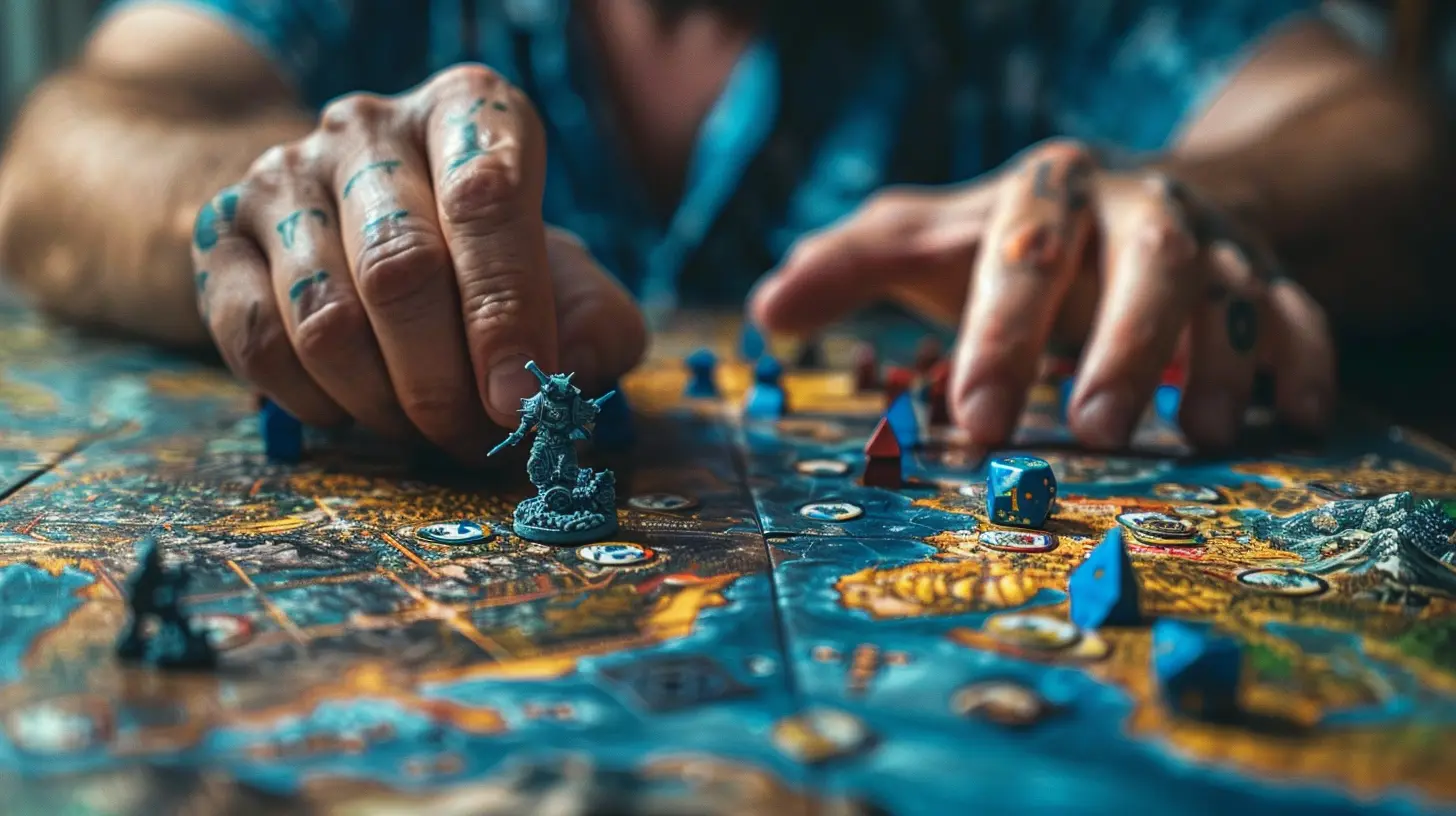
Emotional Immersion: Playing With Feelings
Theme isn't just about storytelling—it's about immersion. It makes us feel things. Good themes conjure emotion: tension, joy, betrayal, elation. That’s what takes a game session from good to unforgettable.For example, Battlestar Galactica (based on the TV show) isn't just about completing missions. It’s about paranoia, distrust, and second-guessing your fellow players. You’re not just playing a game; you’re living the out-of-control chaos of being trapped on a ship with potential traitors.
A strong emotional connection through theme can lead to:
- Memorable moments that players talk about for years.
- Increased replayability.
- A sense of narrative progression.
- Players role-playing organically, even in non-RPG games.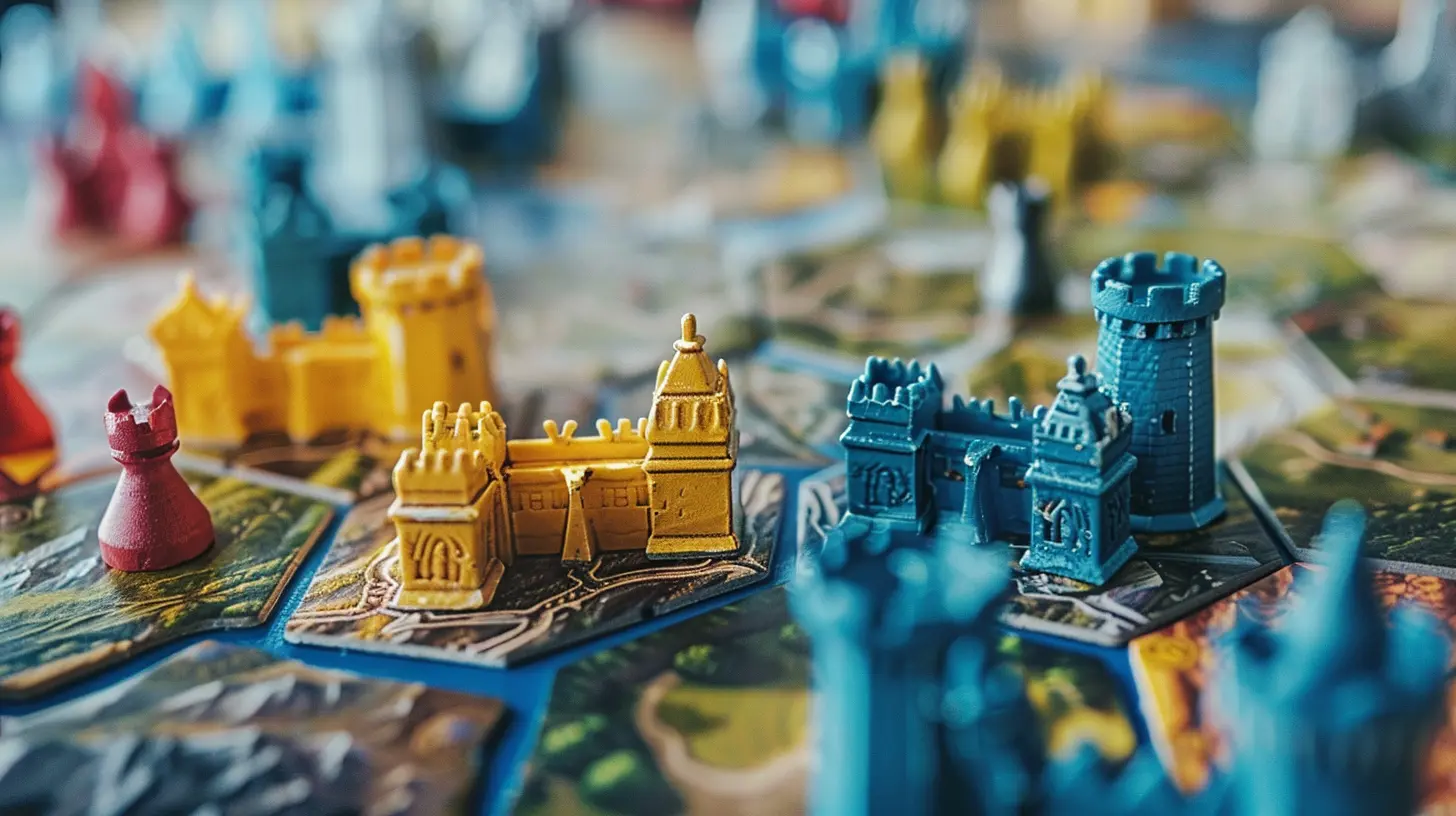
Visual Storytelling: Art and Components That Align with Theme
Don't underestimate the power of visuals. The physical elements of a game—the board, cards, tokens, and miniatures—are your first handshake with the theme. If these elements tell a consistent story, it grabs players immediately.Ever played Tokaido? It’s a game about traveling through Japan, taking in beautiful sights, tasting delicious food, and meeting interesting people. The mechanics are simple, but the artwork is serene and elegant, reinforcing the peaceful pacing of the game. It feels like a minimalist journey rather than a competition.
When visuals don’t align with the theme, it’s jarring. Imagine a horror game with cartoon art. It kills the vibe immediately. Every component should sing the same song.
World-Building: Lore And Backstory That Pull You In
Some games go the extra mile and build entire worlds around their themes. Think Scythe or Gloomhaven. These games come packed with lore, backstory, and immersive details that make players feel like they’re stepping into a living, breathing universe.Lore encourages players to engage beyond gameplay. It inspires fan artwork, home campaigns, and even fan-fiction. And most importantly, it makes the game world feel bigger than the board.
So, how does this help with immersion?
- It gives context for in-game actions.
- It encourages players to develop strategies aligned with the story.
- It makes victories (or losses) feel personal.
Theme and Player Motivation
Here’s a juicy one: theme can directly influence how motivated players feel. If the game's story clicks with a group (or even just one player), you're more likely to see passionate gameplay. Players become heroes, villains, survivors, or explorers—not just competitors.Think about pandemic-themed games like the aptly titled Pandemic. You're racing against time to save the world. The stakes feel real. Because of the theme, every decision matters, every move is scrutinized, and every win feels earned.
And when players care, they play better. They invest mental energy, strategize harder, and become more engaged. Why? Because they’re not just playing—they’re living the experience.
Cooperative vs Competitive: How Theme Shapes Dynamics
Theme can even influence how players interact. In co-op games, a strong theme can strengthen camaraderie. In competitive games, it can escalate tension and rivalry.In Arkham Horror, players are investigators fighting eldritch horrors. The theme demands cooperation, and players work together against unimaginable threats. It builds a "we're in this together" mindset.
Contrast that with games like Game of Thrones: The Board Game. The theme of political betrayal and conquest encourages backstabbing and uneasy alliances. The gameplay experience becomes a mini soap opera—and honestly, that’s where the fun lives.
The theme primes players' minds toward certain behaviors and decisions. It shapes the social dynamics just as much as the mechanics.
Thematic Variety: There's Something for Everyone
One of the best things about modern board games is how diverse they’ve become. Want to be a dwarf mining in a magical cave? There’s a game for that. Want to run a vineyard in Tuscany or launch a Mars colony? Done and done.The beauty of theme is that it allows players to choose their own flavor of adventure. This variety is essential for bringing new people into the hobby. Not everyone’s into dragons and demons. Some folks want economics, history, cooking, or even gardening.
When a theme resonates with a player’s interests, it creates an instant hook. They’re more invested from the first turn.
Teaching Through Theme
Here’s a twist you might not expect—great themes can make teaching a game way easier.Ever tried teaching someone an abstract game with no theme? It can be a struggle. They don’t have any real-world context to latch onto. But introduce a theme, and suddenly the rules feel intuitive.
For example, if you’re teaching Agricola, saying "You need to feed your family before harvest" makes way more sense than explaining abstract point deductions. The theme acts as a mnemonic device. The logic of the game flows naturally because it’s grounded in something players already understand.
When Theme Goes Wrong
Not every thematic attempt hits home. Sometimes themes feel pasted on as an afterthought—a coat of paint over otherwise generic mechanics.These “theme-pasted” games often feel disjointed, like Frankenstein's monsters of cardboard and plastic. You’re playing a game that says it’s about pirates, but you're doing math homework disguised as treasure hunting. It doesn't click because the gameplay doesn’t support the story it’s telling.
Badly integrated themes can lead to:
- Confused players.
- Disengagement.
- A gameplay experience that feels hollow or forced.
The Evolution of Thematic Design in Modern Games
Looking back a couple of decades, many board games were more abstract. Think of the classics—Chess, Go, or even Monopoly. They had minimal themes or none at all.But in recent years, we’ve seen a surge in thematic games that go far beyond simple storytelling. Games now offer cinematic gameplay, branching narratives, and personal quests. Welcome to the golden age of thematic design.
Modern games offer:
- Legacy campaigns that change permanently over time.
- App integrations that handle story and immersion.
- Modular narratives where choices matter.
Designers are putting storytelling front and center. And players love it.
Theme as a Tool for Accessibility
Here’s one more angle—theme can make games easier for beginners. A strong theme helps players visualize strategies, understand roles, and remember complex mechanics.If a game is about building a zoo (like Ark Nova), new players can intuitively understand actions like constructing enclosures, breeding animals, or attracting visitors. The theme leads the learning curve.
And when people feel like they “get it,” they’re more likely to stick around and dive deeper into the hobby.
Final Thoughts: Let the Theme Lead the Way
At the end of the day, a game’s theme is more than just a pretty package. It’s the gateway to immersion, storytelling, and emotional engagement. When game designers get it right—when theme and mechanics work hand in hand—it creates an unforgettable experience.Whether you're building cities, fighting monsters, or trading spices, the theme is what makes the journey worth taking.
So next time you sit down to play, take a moment to appreciate the world that’s been crafted for you. Let yourself get lost in it. Let the theme transport you. Because in the best board games, you’re not just playing—you’re truly living the adventure.
all images in this post were generated using AI tools
Category:
Board GamesAuthor:

Avril McDowney
Discussion
rate this article
2 comments
Lulu McConnell
Theme is the backbone of immersion in board games. A compelling narrative not only enhances player engagement but also deepens emotional connections to the game. By integrating theme seamlessly with mechanics, designers can elevate gameplay, making each session a memorable and captivating journey. It's not just play—it's storytelling.
June 22, 2025 at 4:05 PM

Avril McDowney
Absolutely! A strong theme indeed enriches gameplay and fosters emotional ties, transforming each session into a unique storytelling adventure.
Zanya Banks
Theme significantly enhances immersion in board games, driving player engagement and emotional connections that elevate the overall experience.
June 22, 2025 at 3:54 AM

Avril McDowney
Thank you for your insightful comment! I completely agree that a strong theme is crucial for fostering deep engagement and emotional connections in board games.


